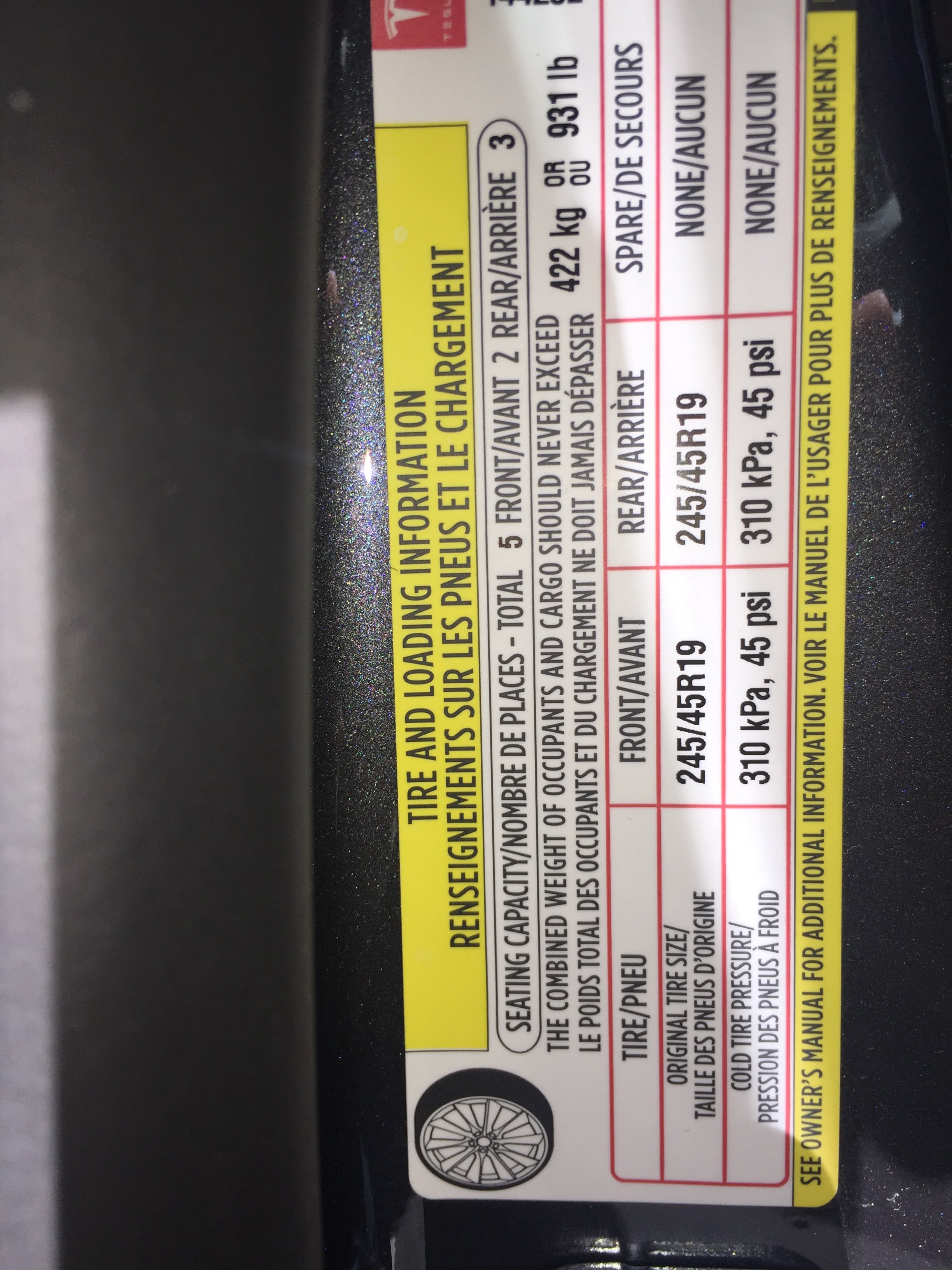Excuse me for being a n00b, I am a new owner. I have a 70D with 19" slipstream wheels, took ownership in June.
My tire pressure sits at 41 PSI cold and gets up to 42 when driving. I feel like it's not enough pressure. Am I able to use one of those gas station air pumps for tires? Or should I go to the SvC to get more air in the tires?
The reason I'm asking is, I just want to make sure I'm not adding air when there's for example nitrogen in the tire.
My tire pressure sits at 41 PSI cold and gets up to 42 when driving. I feel like it's not enough pressure. Am I able to use one of those gas station air pumps for tires? Or should I go to the SvC to get more air in the tires?
The reason I'm asking is, I just want to make sure I'm not adding air when there's for example nitrogen in the tire.



